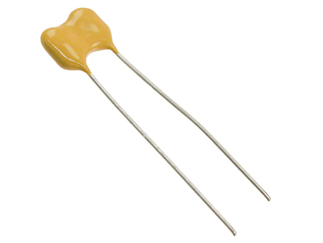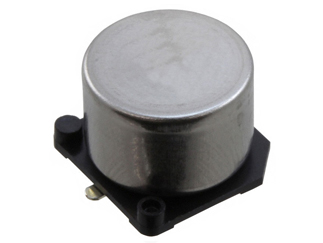
More Information on Capacitors...
What is a Capacitor?
The Capacitor is an electrical device that stores energy in the form of an electric field. It consists of two metal plates separated by a dielectric or non-conducting substance. The capacitor types broadly divided based on fixed capacitance and variable capacitance. The most important are the fixed capacitance capacitors, but capacitors with variable capacitance also exist.
Capacitors with variable capacitance
- Rotary capacitors
- Trimmer capacitors
Capacitors with fixed capacitance
- Film capacitors
- Ceramic capacitors (MLCC)
- Electrolytic capacitors
- Superconductor capacitors (supercaps).
Capacitors with fixed capacitance
Capacitors are the essential components of an electronic circuit without which the circuit cannot be completed.
The number on the capacitor represents the capacitance value in Pico Farads.For example, 8 = 8PF
Functions
- Energy storage is the primary function of a capacitor- used to maintain a power supply while the device is unplugged.
- It acts as a filter in AC circuit by blocking lower frequencies and passing higher ones.
- Acts as an open switch in a DC Circuit.
- In a power supply, it acts to filter the output .
- In an amplifier, it can be used to block DC and allow AC to pass.
- In power circuits it can correct the power factor so that the current and voltage are in phase, or more so.
- In motors it shifts the phase so that the motor will run.
- It's used to store charge in applications like a flash on a camera.
Capacitors Applications:
Power supply smoothing applications
- Aluminium electrolytic High capacity and high ripple current capability **
Audio frequency coupling uses
- Aluminium Electrolytic: High capacitance
- Tantalum: High capacitance and small size
- Polyester / polycarbonate : Cheap, but values not as high as those available with electrolytics
RF coupling capacitor applications
- Ceramic COG: Small, cheap and low loss
- Ceramic X7R: Small and cheap but higher loss than COG, although high capacitance per volume
- Polystyrene: Very low loss, but larger and more expensive than ceramic
RF decoupling applications
- Ceramic COG: Small, low loss, but values limited to around 1000 pF max.
- Ceramic X7R: Small, low loss, higher values available than for COG types
Tuned circuit uses
- Silver mica: Close tolerance, low loss and stable, but high cost
- Ceramic COG: Close tolerance, low loss, although not as good as silver mica









